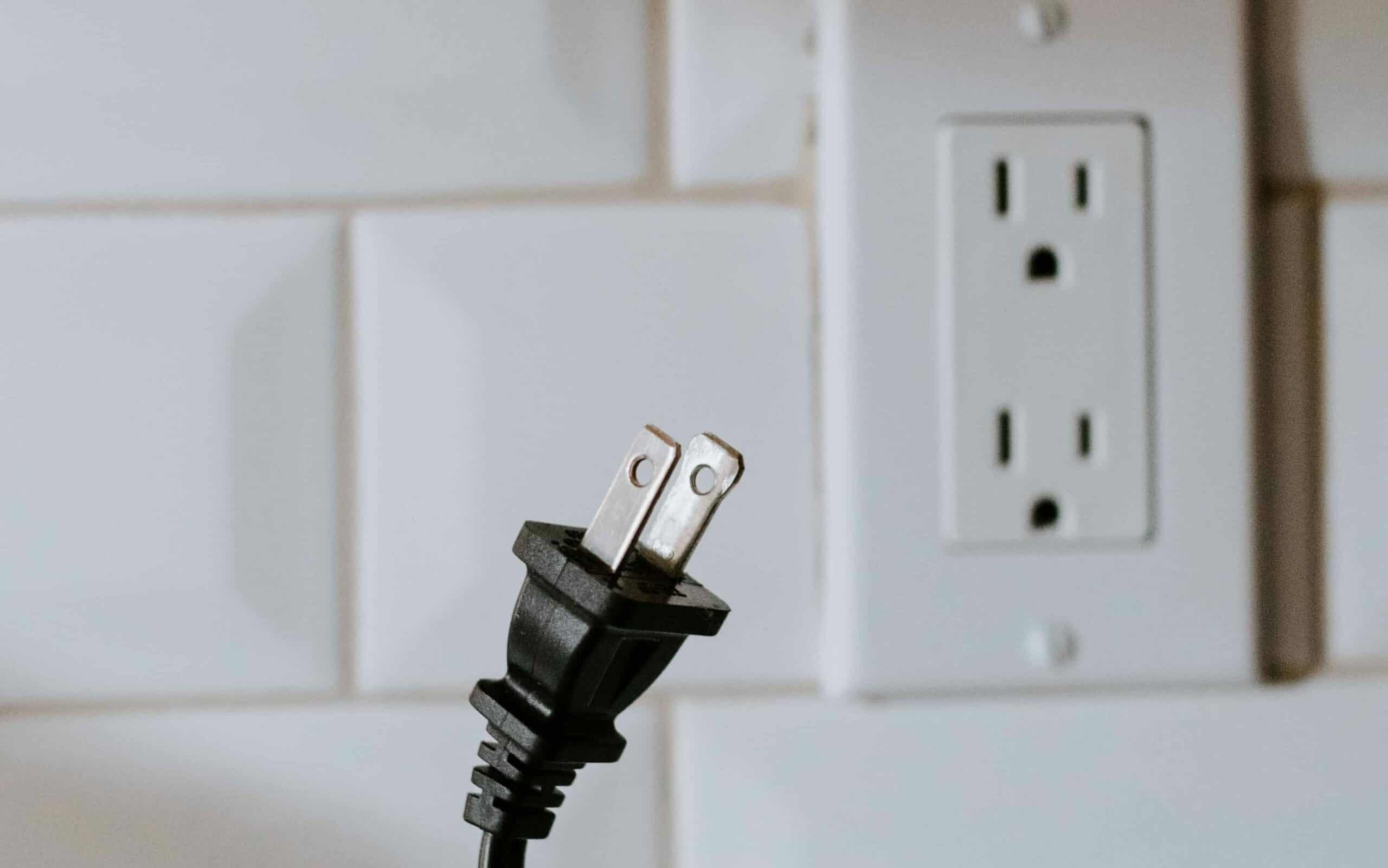Introduction – House Electricity Usage

A major factor of carbon emissions and therefore shrinking your carbon footprint is the number of kWh your house uses. The more kilowatthours (kWh) the greater the carbon emissions. This is a simply because all non-renewable energy sources emit carbon in the process of generating electricity. There are a few exceptions for example in the Nordic countries where great reliance on nuclear, hydropower and geothermal has really cut down on fossil fuel and carbon emissions from the electrical grid. Everywhere else, carbon emissions and the kWh of electricity used are correlated.
As of 2020, a typical home utility customer in the United States consumed 10,972 kWh of energy per year, or roughly 914 kWh a month, per the Energy Information Administration. Although household appliances and construction methods and practices have improved in terms of energy efficiency, total US energy usage rose from 2008 to 2018. Household energy use has fallen modestly in recent years. It’s possible, though, that Jevon’s paradox is to blame for the surge in energy demand. Jevon’s paradox posits that when efficiency and savings increases, people naturally respond by boosting energy use and cost to use even more.
An understanding of your household’s power usage and how it compares to the national average will be tackled in this post. And once you’ve determined what is most responsible for your household’s energy consumption, you can start looking for ways to cut back.
How Do We Know Our Home’s Energy Usage?
You receive a simple form of home energy monitoring every month with your electric bill. The first thing that most homeowners consider is their monthly payment. But the majority of utility companies also report total energy use, monthly energy use over the previous 6 to 12 months, and changes in the cost per kilowatt-hour. Systems for monitoring energy use in smart homes go one step further and track and analyze minute-by-minute patterns.
These systems either link to the electrical panel or meter in your house. They act as a channel of communication for homeowners, house equipment, and occasionally the utility company. These devices can to track minute-by-minute patterns of energy use in the home. The monitor might be as straightforward as a “plug load” display that plugs into an outlet, after which you plug the device or appliance into the display. Usually, the consumption is displayed on an LED panel.
The Factors That Affect Your Home’s Energy Usage
Each home will require a varied quantity of power because each is uniquely constructed and inhabited. Kilowatts are used to measure this power (kW). However, your energy use is calculated in kilowatt-hours (kWh). If you don’t know what a kilowatt-hour is, it is simply the energy required to a power 1,000-watt appliance for one hour.
Knowing the variables that affect your consumption determines why your home uses more or less energy than the national average. These consist of:
1. How Large Is Your House?
The size of your house will affect the amount of power that you use in your home on average. For instance, larger homes often consume more energy than smaller homes because heating and cooling a larger space requires a greater amount of energy.
2. The Building Materials Of Your House.
Older houses were frequently constructed using less effective materials that let hot air in or escape. This implies that when heating and cooling your home, you can wind up consuming more energy.
3. Number Of People.
Everyone utilizes energy in the home, whether it’s for cooking or charging phones. Therefore, the higher your average household electricity use per day will be the more people you have living in your home.
4. Appliances That Requires Energy.
To function, every device requires energy. If you have a large number of appliances in your home, you should anticipate that your overall energy consumption would be somewhat greater.
5. Kinds Of Appliances At Home
The number of kilowatts required to power your home might also be impacted by the kinds of home appliances that you have. For instance, the electricity used by home appliances will be higher if they are older, larger, or conduct activities that need a lot of energy. On the other hand, energy-efficient appliances typically use significantly less electricity.
6. Appliances Frequency Of Use
Energy is used up whenever you make use of a device or equipment. Because of this, it’s preferable to cut back on the amount of time spent using appliances whenever it’s possible. One helpful piece of advice for conserving energy around the house is to hold off on starting the dishwasher until it is completely loaded.
7. House location.
The average number of kWh that your home uses in a day could change depending on where you live. For instance, if you live in a region that encounters that is on the milder side, you will probably be able to heat your home more efficiently than someone who lives in an area that gets weather that is on the more extreme side.
What Can I Do To Reduce How Many kWh a House Uses?
1. Replace Lightbulbs At Home
The most environmentally friendly choice for lighting is to use LED lights. LED bulbs consume 75 percent less electricity than their incandescent counterparts do (Energy Star). They are also free of mercury, and they have a lifespan that is approximately 25 times longer than conventional incandescent bulbs (DoE).
2. Eliminate and Unplug Unused Electronics.
Even if electronic devices like televisions, refrigerators, computers, and printers are turned off, they continue to draw power from their standby modes. Several chargers use very little power even when they are plugged into a wall outlet (a good judge of this is if a charger feels warm to the touch). Devices that are not in use in the United States use the equivalent of twelve power plants’ annual output (EPA).

3. Invest And Install An Energy Monitor
With a smart home energy monitor, you can see exactly how much energy your home is consuming at any given time. The device then analyzes your home’s energy consumption, displaying patterns and even real-time statistics.
An accurate picture of your home’s energy consumption is provided to assist you in better understanding your electric bill. Even if you don’t use any of your appliances, you may get an idea of how much energy they use by using an energy monitor in your smart home. Having this information will allow you to make the necessary changes and upgrades in your home.
4. Switch To Solar Panels
Using solar panels allows us to harness the sun’s free energy, which would otherwise be lost to the atmosphere. You may save thousands of dollars per year—or not pay for power at all—if enough solar panels are installed to cover the typical monthly electricity demand.
5. Install A Programmable Thermostat
Aside from electronics and appliances, have you checked your house heating energy consumption? You’ll be able to keep your house at a comfortable temperature year-round thanks to this method. Over time, it will pay for itself by saving you money on your utility bills.
Conclusion
Understanding how much electricity is being used in your home might help you discover any anomalies and their underlying reasons. Because each home is built and occupied differently, it will use a different amount of electricity. That is why it is important to follow tips for reducing energy usage.

Anne Lauer
Anna Lauer is a writer, gardener, and homesteader living in rural Wisconsin. She has written for Mother Earth News, Grit, and Hobby Farms magazines. Anna is writing a new book about growing your food for free and an ultimate guide to producing food at little to no cost. When she’s not writing or gardening, Anna enjoys spending time with her husband and two young daughters.
